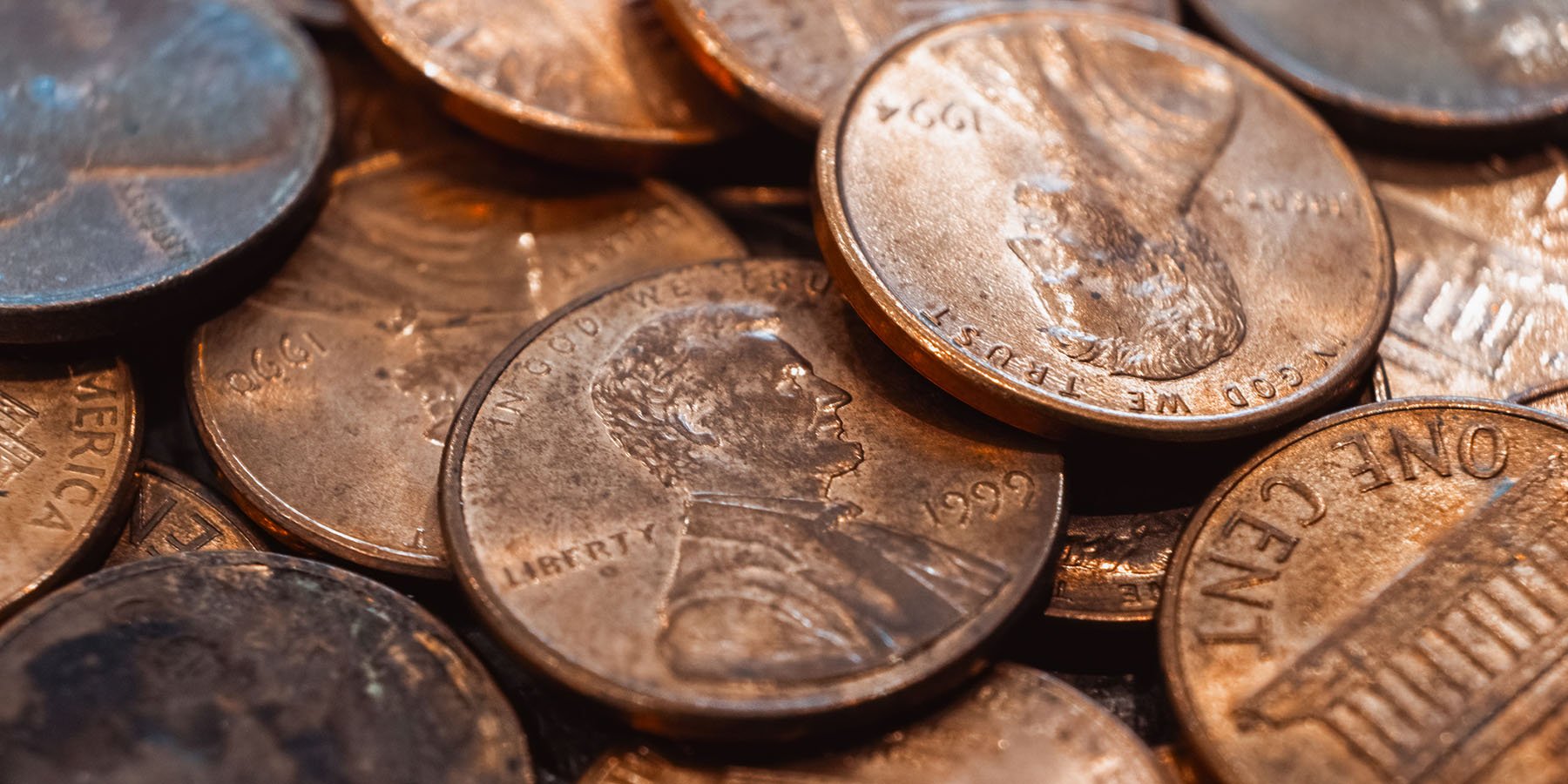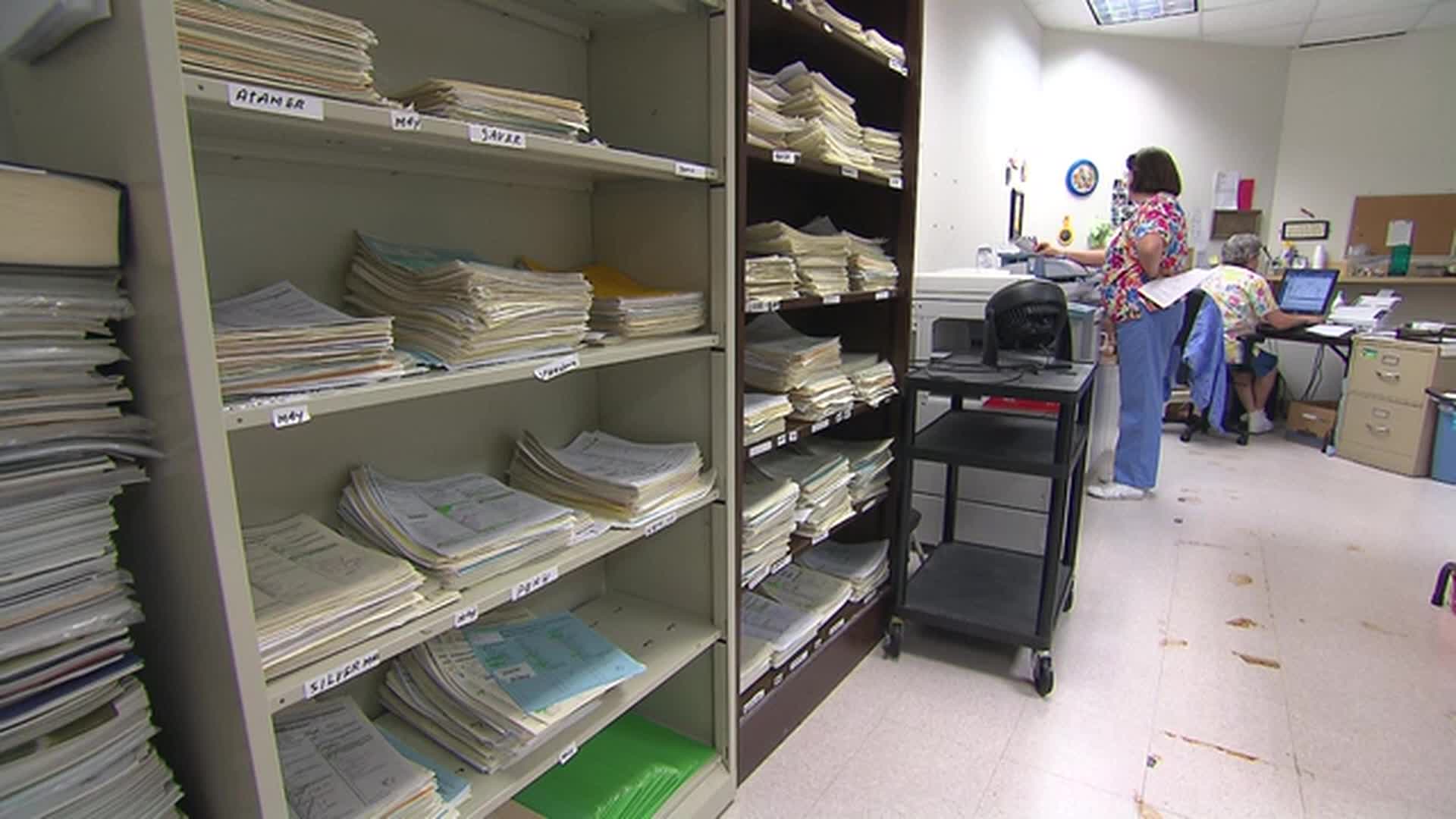After more than two centuries, the American penny will be retired, closing a 238-year chapter in the nation’s monetary history. The final coin is set to be minted today at the US Mint in Philadelphia, marking the end of an era.
The last minting and the rationale behind its discontinuation
The last penny will be produced under the supervision of Treasury Secretary Scott Bessent and Treasurer Brandon Beach, following a directive from President Donald Trump earlier this year to halt production. The decision stems from the rising cost of manufacturing the coin—nearly four cents per penny—making it more expensive to produce than its actual value. Once an essential part of everyday life, used for small purchases like gumballs, parking meters, or tolls, the penny has gradually become less relevant, often accumulating in coin jars, drawers, or “leave a penny/take a penny” trays.
The one-cent piece persisted for over 150 years longer than the half-penny, leaving only higher value coins like the nickel, dime, quarter, and the infrequently utilized half-dollar and dollar coins in active circulation. Even though its manufacturing has ceased, the penny will continue to be recognized as legal currency, thus maintaining its role in transactions should individuals choose to employ it.
Obstacles after the penny’s removal
Despite its expected discontinuation, this change has already presented difficulties for both vendors and shoppers. Numerous businesses are now compelled to adjust cash payments to the closest five-cent increment, frequently increasing the total by one or two cents. Other establishments are prompting patrons to provide one-cent coins to facilitate transactions. Nevertheless, in some jurisdictions, adjusting prices in this manner could lead to legal complications, rendering the transition more intricate than initially foreseen.
Ironically, while discontinuing the penny could save money, the potential need to produce more nickels—which cost more to mint than pennies—may offset these savings. Retailers and government agencies alike are navigating a period of uncertainty. According to Mark Weller, executive director of Americans for Common Cents, “By the time we reach Christmas, the problems will be more pronounced with retailers not having pennies.” Weller points out that countries like Canada, Australia, and Switzerland had structured plans when phasing out low-denomination coins, whereas the United States has issued only a brief announcement, leaving much of the practical adaptation to businesses themselves.
Rounding practices and their implications
Different businesses are experimenting with rounding strategies. Kwik Trip, a Midwest-based convenience store chain, has chosen to round down cash purchases where pennies are unavailable, aiming to avoid overcharging customers. This approach, however, carries a financial cost. With millions of cash transactions each year, the chain estimates that rounding could cost them several million dollars annually.
On a larger scale, the Federal Reserve Bank of Richmond projects that rounding financial exchanges to the nearest five cents could impose an annual burden of approximately $6 million on American consumers—equating to roughly five cents per household. Although this amount is relatively small, universal implementation of rounding across the nation is not feasible due to varied state laws. Jurisdictions including Delaware, Connecticut, Michigan, and Oregon, alongside municipalities like New York, Philadelphia, and Washington, D.C., mandate exact change for specific types of transactions. Furthermore, federal initiatives such as SNAP necessitate precise pricing to guarantee equitable treatment for recipients utilizing debit cards. Businesses that round down cash transactions in these situations might encounter legal repercussions or fines.
Industry associations, such as the National Association of Convenience Stores (NACS), have pressed Congress to pass laws that simplify and enable rounding procedures. Jeff Lenard, a representative for NACS, stressed, “We urgently require legislation that permits rounding, enabling retailers to provide change to these patrons.” Until these regulations are put into effect, the elimination of the penny creates both operational and legal ambiguities for numerous enterprises.
A coin with a rich past
The penny has a rich legacy, first minted in 1787, six years before the establishment of the United States Mint. Benjamin Franklin is widely credited with designing the Fugio cent, the nation’s first penny. Its current design, featuring Abraham Lincoln, debuted in 1909 to commemorate the centennial of Lincoln’s birth, becoming the first U.S. coin to depict a president.
Over time, however, the penny has seen a steady decline in practical use and cultural significance. The Treasury Department estimates that approximately 114 billion pennies remain in circulation, yet many are underutilized, tucked away in jars or collected as keepsakes rather than used in transactions. Public reaction to the coin’s discontinuation has been muted, reflecting its diminished role in everyday commerce.
Despite its diminishing practical use, the one-cent coin holds a special place in the hearts of many Americans. Joe Ditler, a 74-year-old author residing in Colorado, reminisces about his childhood, when he would use pennies for arcade games or flatten them on train tracks. Currently, he mostly uses them infrequently for cash purchases or contributes them to tip jars. He muses, “They evoke memories that have remained with me throughout my entire life. The penny has enjoyed a remarkable existence. However, it’s likely time for its discontinuation.”
Heritage and societal influence
The discontinuation of the penny signifies more than merely the cessation of a tangible coin; it indicates a transformation in the way Americans engage with currency. What was formerly a functional instrument for minor transactions has largely evolved into a symbolic item, woven into familial customs, historical recollections, and the broader American ethos. It is anticipated that collectors and aficionados will safeguard the last produced coins, thereby guaranteeing that the penny’s heritage persists in some capacity, even as it departs from routine use.
While businesses and consumers still face hurdles in adjusting to its disappearance, this phase-out also mirrors wider economic conditions. Increased manufacturing expenses, evolving consumer behaviors, and the widespread adoption of digital payment methods have collectively reduced the need for the one-cent coin. As our society moves towards a more digitized and streamlined approach to monetary exchanges, the symbolic significance of the penny might endure beyond its functional purpose.
The discontinuation of the American penny marks the end of a significant era in the country’s financial narrative. Its 238-year existence, spanning from Benjamin Franklin’s Fugio cent to the well-known Lincoln penny, underscores the progression of U.S. currency and the evolving relationship Americans have with their money. Although its functional utility may cease, the penny’s legacy—its cultural and historical importance—will endure as a permanent reminder of a past age.




